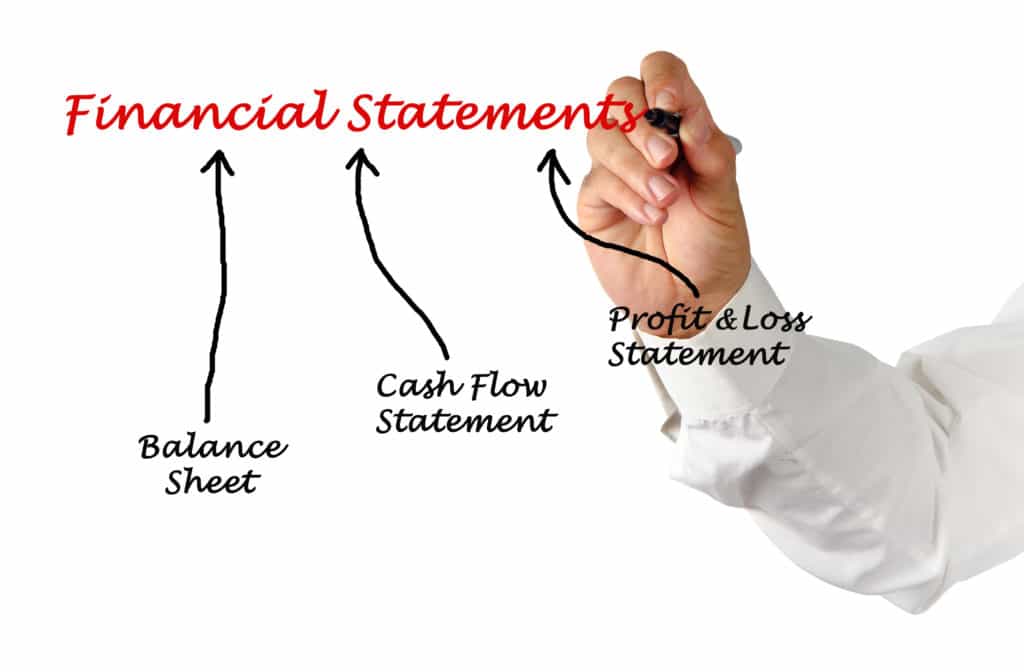
SSAE 18: The Clarified Attestation Standards
By Charles Hall | Auditing
SSAE 18 is effective on May 1, 2017, and changes the Attestation Standards.
Do you issue any attestation reports such as agreed upon procedures? If yes, then be aware of the recent changes from the Auditing Standards Board (ASB). The ASB has clarified the Attestation Standards. The ASB did the same with the audit standards a few years ago; that change resulted in the AU-C (clarity) designations for audit standards.
The re-write of the Attestation Standards culminated in the April 2016 issuance of SSAE 18.
SSAE 18 supersedes all Attestation Standards other than:
- AT section 701, Management’s Discussion and Analysis (MD&A). AT section 701 will not be clarified because practitioners rarely perform attestation engagements to report on MD&A; it will be retained in the attestation standards in its current form. AT section 701 has been renumbered as AT-C section 395.
Also be aware that AT section 501 An Examination of an Entity’s Internal Control Over Financial Reporting That is Integrated With An Audit of Financial Statements was moved to the auditing standards as Statement on Auditing Standards (SAS) No. 130, as An Audit of Internal Control Over Financial Reporting That is Integrated With An Audit of Financial Statements.
Just as the ASB did with the audit clarity standards, a “-C” is added to the clarified Attestation Standards. So the clarified attestation standards are identified as AT-C. The clarified standards are written using ASB’s clarity conventions, including:
- Objectives for each chapter
- Definitions in each chapter
- Separating requirements from application and explanatory material
- Using various formatting techniques such as bulleted lists to enhance readability
- When applicable, including additional considerations for governmental entities or smaller less complex entities
Attestation Levels of Service
The clarified standards provide for the following types of attestation services:
Service AT-C Section Report Type
Examination 205 Opinion
Review 210 Conclusion
Agreed Upon Procedures 215 Findings
Sample report excerpts follow:
Examination Report on Subject Matter; Unmodified Opinion
In our opinion, the schedule of investment returns of ABC Company for the year ended December 31, 2020, is presented in accordance with the ABC criteria set forth in Note 1 in all material respects.
Review Report on Subject Matter; Unmodified Conclusion
Based on our review, we are not aware of any material modifications that should be made to the accompanying schedule of investment returns of ABC Company for the year ended December 31, 2020, in order for it to be in accordance with XYZ criteria set forth in Note 1.
Agreed-Upon Procedures Report
We obtained the accounts receivable subsidiary ledger as of June 30, 2017, from Topaz, Inc. We compared all customer account balances in the aged trial balance (exhibit B) as of June 30, 2017, to the balances shown in the accounts receivable subsidiary ledger.
We found no exceptions as a result of the procedure.
New SSAE 18 Requirements
In addition to clarifying (restructuring) the attestation standards, SSAE 18 also:
- Separates the review engagement procedures and reporting requirements from those of examination engagements (and highlights the similarities of reviews performed under the SSAEs and those performed under Statements on Standards for Accounting and Review Services [SSARS])
- Requires the practitioner to request a written representation letter in all attestation engagements (the pre-clarity standards only required representation letters for certain engagements)
- Changes the existing requirements related to scope limitations, indicating that based on the practitioner’s assessment of the effect of the scope limitation, the practitioner should express a qualified opinion, disclaim an opinion, or withdraw from the engagement
- Eliminated compilations of prospective financial information from the attestation standards (the Accounting and Review Services Committee issued SSARS 23 to cover this service)
SSAE 18 Effective Date
The guidance in SSAE No. 18 is effective for practitioners’ reports dated on or after May 1, 2017.
For a full copy of SSAE No. 18, click here.
See may article regarding SSAE 19, Agreed Upon Procedures Engagements.







